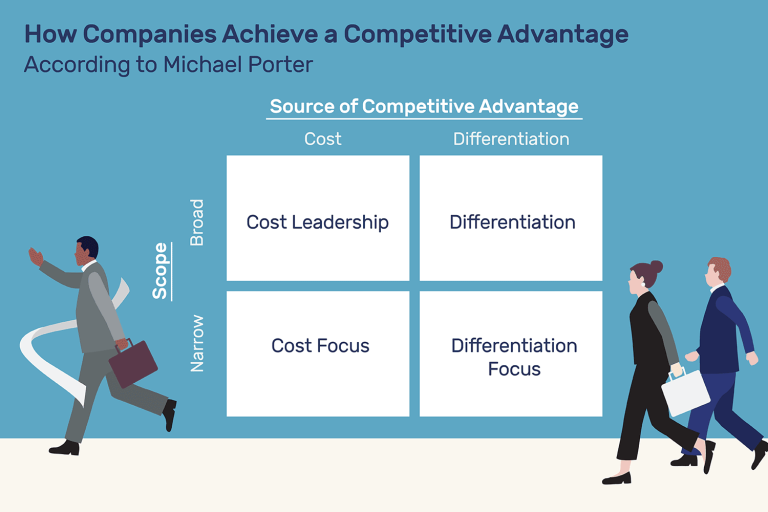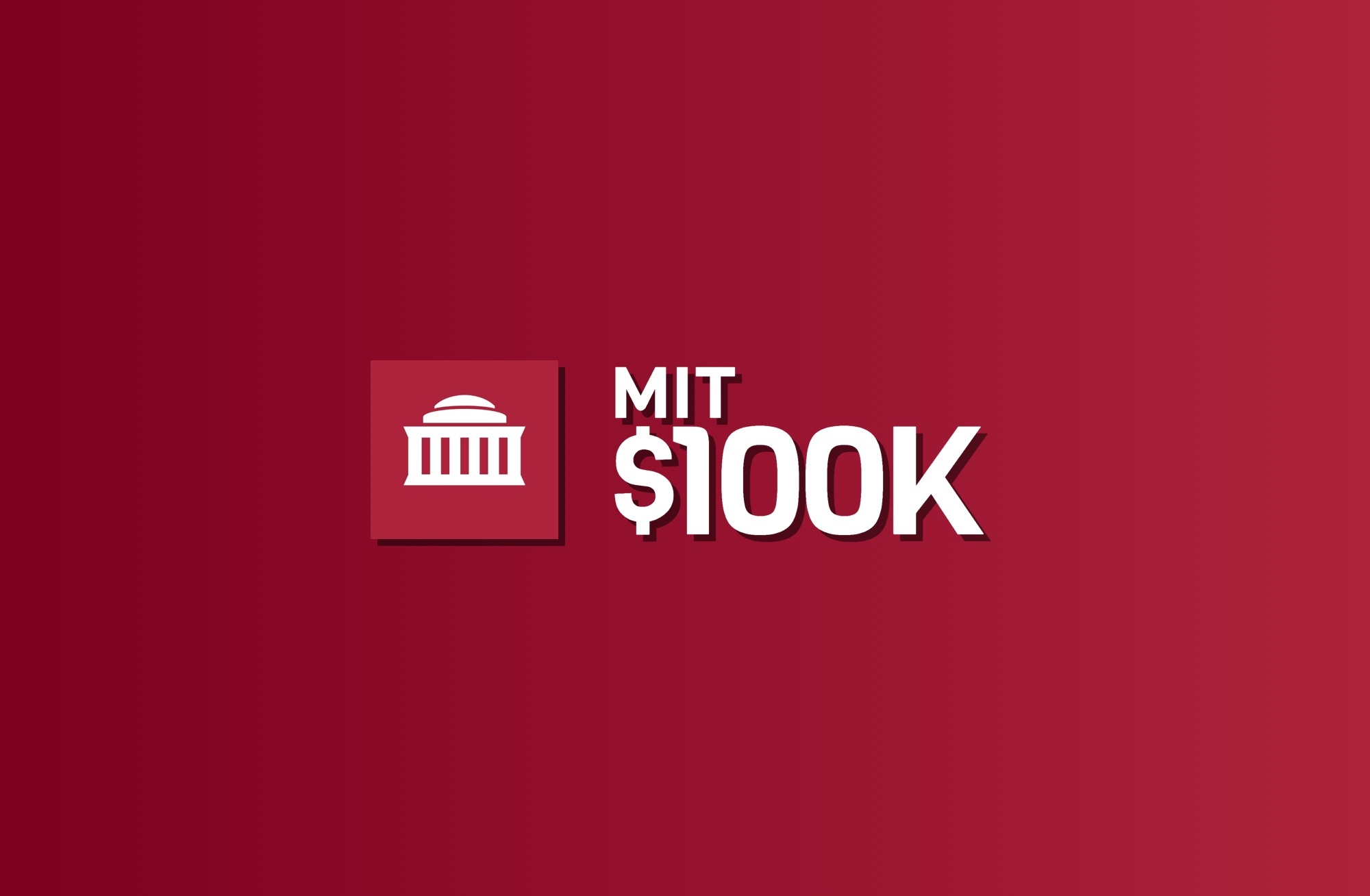I had the incredible opportunity to serve as a judge for the MIT $100K Entrepreneurship Competition, which is one of the largest and most famous business plan competitions in the world.
Here’s what I learned from my experience…
About the MIT $100K Competition
Now in its 30th year, the MIT $100K Pitch competition is run as a series of distinct, increasingly intensive contests (Pitch, Accelerate, and Launch) from October through May. It brings together students and researchers from across MIT and Greater Boston to launch their talent, ideas, and technology into leading companies.

The competition is entirely student-managed, and supported by the MIT Entrepreneurship Center at the MIT Sloan School of Management. Students from all programs and levels at MIT organize and enter the pitch competition. Teams must include at least one full-time MIT student, but membership is not restricted to the MIT community. Every year a total of $300,000 is distributed as non-dilutive grant money.
Extraordinary Ideas Are Not Enough
It was impressive to see the entrepreneurial thinking that these MIT students put into developing their business ideas and pitches. The applicants pitched ideas in a wide variety of categories, from Agriculture to Biotech to Wearables. Even Smart Cities, Pets, Horticulture, and my favorite topic, design, were included. So almost any idea was accepted.
One of the main things I discovered from judging the pitch contest is that most of the teams spent a lot of time on developing their core idea. They thoroughly thought about how it worked, how it could be developed, and the main benefits it could provide. However, extraordinary ideas alone are not enough to win the MIT $100K competition.
The students pitching their ideas also had to describe their business plan to show us judges how the idea could be developed, marketed, and made profitable. And unfortunately most entrants lacked business experience – and even basic business knowledge – to fully elaborate on why their idea was a winning business.

While you don’t need an MBA to win the competition, you do need a basic understanding of creating a successful business model. And of course there’s a really quick shortcut you can use instead of paying $100k for an MBA! It’s called the Business Model Canvas (see template above), and it’s as easy as doing some research and then filling out the template in a way that best positions your idea to succeed against the competition.
Differentiation is Key to Building a Successful Business
While there were a lot of great ideas – from applying AI to medical diagnostics to modular electronics used in space – most of the entrants could not clearly articulate how their idea was better than the existing products and services in the market. And this is fundamental to creating a competitive advantage that will make a business truly successful.

If an idea sounded familiar or too good to be true, I simply typed the title of their pitch into Google, and found at least 2-3 existing companies, products, and/or services that were already on the market. I was genuinely surprised that they did not conduct the same basic market research to determine if there were any current competitors. I scored these entrants very low if they didn’t possess a unique differentiator.
I recommended that these teams continue refining their idea to find the competitive edge they needed to build a successful company. The best way to do this is with design thinking, perhaps even utilizing a Design Sprint. I also suggested they learn from the guru himself, Michael Porter, who literally wrote the book on Competitive Advantage.
Understanding Your Primary Customer
Another important aspect that was often overlooked by the pitch teams was not stating who their customer was. This pointed to the larger problem of not understanding exactly who their customer was and why they were going to buy their product. Sure, some of the ideas pitched had obvious customer bases even if they didn’t state them specifically, but most did not.
Many of the products and services pitched could virtually have any type of customer, from businesses to consumers to government. And selling a product or service to any of these customers is very different from selling to another customer.
For example, selling anything to the government takes forever, and requires a lot of time and energy to execute the right sales strategy. The minimum time required is about 6 months, but that’s typically for well established companies with successful track records with government contracting or those with strategic partnerships. The vast majority of companies selling to the government find it can take up to 2 years to go from proposal to a signed contract. Being a government contractor also requires the right accounting system, audit controls, security clearances, etc.
Selling a product or service to businesses requires understanding what type of business is most apt to need your idea. And then developing a sales strategy to not only target the right businesses, but to determine the best approach to selling your product.
Selling to consumers requires a lot of research to understand what type of consumer you want to sell to… how old are they? What similar products do they use now? What’s the best channel to find them? Once you have those questions answered, it requires significant capital for marketing and promoting your product.
To help these teams better understand their customers, I asked them a series of questions (see graphic to the right) to help them understand, segment, and define their primary customers.
Mentoring Propels Entrepreneurs Forward
The MIT $100K competition is different than other pitch contests, in that we were able to not only select the best ideas and pitch teams, but also provide direct mentorship and guidance to all teams to help them reach their goals.
I spent time coaching each team on their specific needs, whether it was some of the points mentioned above, or even recommending potential pivots, market research, or partners.
Even if they didn’t win the competition, I still encouraged them to not give up. True entrepreneurs never give up. Continue to work hard and follow your dreams.
Conclusion
It was an incredible experience judging the pitch competition and helping guide and mentor these young entrepreneurs. One of the best things about the competition is that it was an incredible opportunity to learn, network, mentor, and drive innovation.

I’m proud to have been a part of the MIT $100K competition that has given birth to over 160 companies, generating 4,600 jobs, receiving over $1.3 billion dollars in venture capital funding and have a cumulative market value of over $15 billion!
Congratulations to the Grand Prize Winner, Tactile! They won the top prize for their technology that converts printed text to Braille.

Learn more about the MIT $100K Entrepreneurship Competition >



2 thoughts on “My Experience Judging the MIT $100K Entrepreneurship Competition”